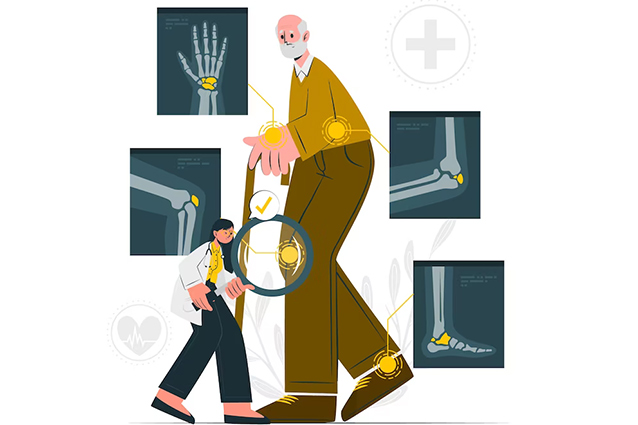
Joint replacement, also known as arthroplasty, is a surgical procedure to replace a damaged joint with an artificial joint. The artificial joint, or prosthesis, is made of metal, plastic, or ceramic. It is designed to mimic the movement of the natural joint. Joint replacement surgery is most commonly performed on the hip and knee, but it can also be done on other joints, such as the shoulder, elbow, ankle, and wrist.

Sports medicine is a branch of medicine that deals with the physical fitness, preventive care, and treatment of amateur and professional athletes within the world of sports and exercise. Orthopedic sports medicine is a subspecialty of sports medicine that focuses on the diagnosis and treatment of musculoskeletal injuries and conditions that occur in athletes.

Fracture management is the process of restoring the alignment and function of a broken bone. It involves a variety of techniques, including: Reduction is the process of realigning the broken bone ends. This can be done manually or surgically. Immobilization is the process of keeping the bone in place so that it can heal. This can be done with a cast, splint, or brace. Internal fixation is the use of metal implants to hold the bone in place. This is usually done surgically. External fixation is the use of pins and wires to hold the bone in place. This is usually done for fractures that are too complex to be treated with internal fixation. Rehabilitation is the process of restoring the function of the injured limb.
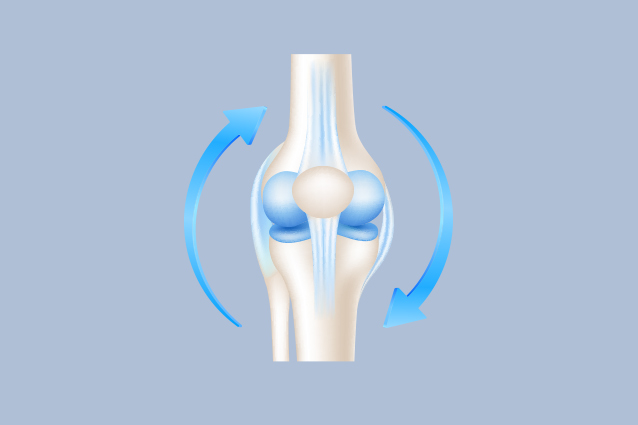
Joint preservation is a group of treatments that are used to delay or avoid joint replacement surgery. It is used to treat conditions that can damage the joints, such as osteoarthritis, rheumatoid arthritis, and injuries. The goal of joint preservation is to reduce pain, improve function, and delay the need for surgery. There are a variety of joint preservation treatments available, including: Physical therapy: Physical therapy can help to improve range of motion, strength, and flexibility in the joint. Injections: Injections of medications, such as corticosteroids or hyaluronic acid, can help to reduce pain and inflammation in the joint. Surgery: Surgery may be an option for some patients with joint preservation.
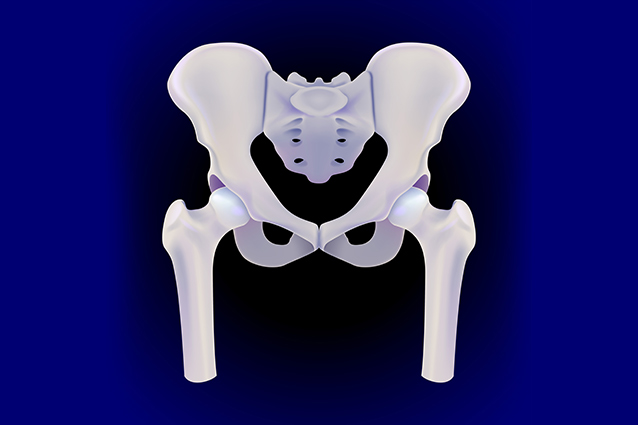
Revision hip replacement is a surgery to replace a hip implant that has failed or worn out. It is a more complex surgery than a primary hip replacement, and it is associated with a higher risk of complications. The most common reasons for revision hip replacement are: Infection: The hip implant can become infected, which can cause pain, swelling, and redness around the joint. Loosening: The hip implant can loosen over time, which can cause pain and instability in the joint. Wear and tear: The hip implant can wear out over time, which can also cause pain and instability in the joint. Fracture: The hip implant can fracture, which can be a serious complication.
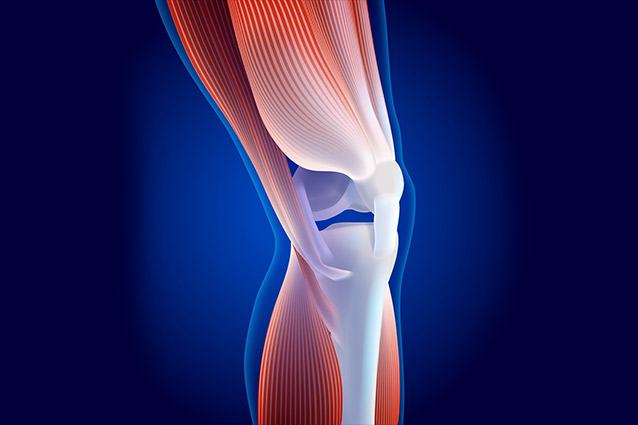
Revision knee replacement is a surgery to replace a knee implant that has failed or worn out. It is a more complex surgery than a primary knee replacement, and it is associated with a higher risk of complications. The most common reasons for revision knee replacement are: Infection: The knee implant can become infected, which can cause pain, swelling, and redness around the joint. Loosening: The knee implant can loosen over time, which can cause pain and instability in the joint. Wear and tear: The knee implant can wear out over time, which can also cause pain and instability in the joint. Fracture: The knee implant can fracture, which can be a serious complication.
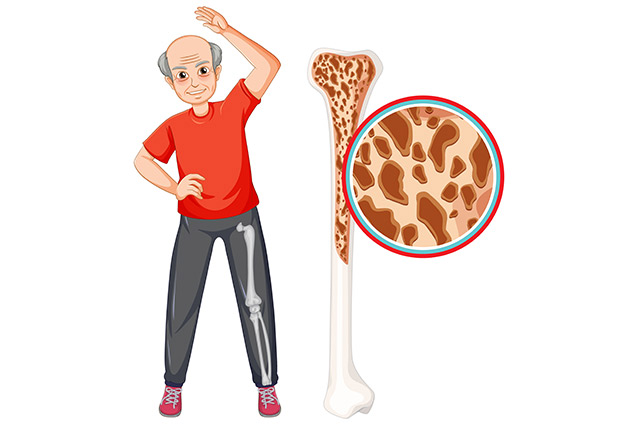
Bone infections, also known as osteomyelitis, are infections of the bone and its surrounding tissues. They can be caused by bacteria, viruses, or fungi. There are two main types of bone infections: Acute osteomyelitis: This is a sudden onset infection that can be very serious. It is often caused by bacteria that enter the bone through a wound or break. Chronic osteomyelitis: This is a long-term infection that can be difficult to treat. It is often caused by bacteria that have spread from another infection, such as a skin infection.
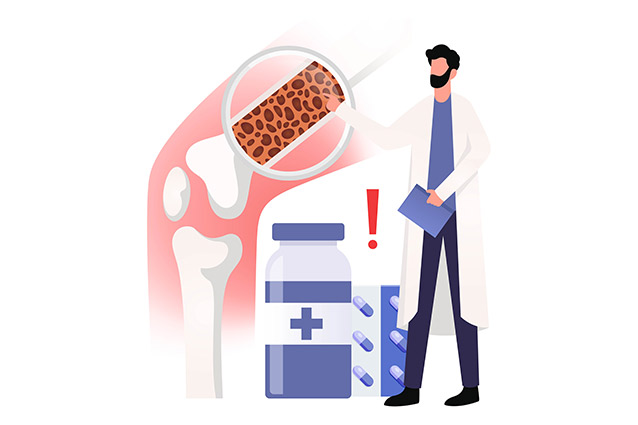
Bone tumors are abnormal growths of cells within a bone. They can be benign (non-cancerous) or malignant (cancerous). Benign bone tumors are usually not life-threatening and, in most cases, will not spread to other parts of the body. Depending upon the type of tumor, treatment options are wide-ranging — from simple observation to surgery to remove the tumor. Malignant bone tumors can metastasize, or cause cancer cells to spread throughout the body. They are more serious than benign bone tumors and require more aggressive treatment, such as chemotherapy and radiation therapy.